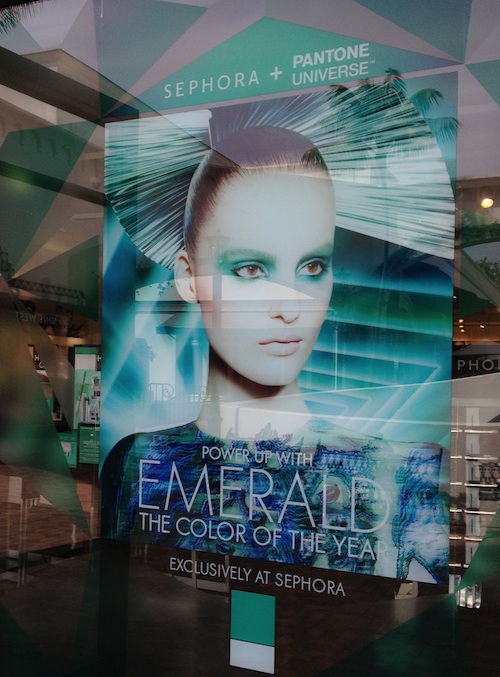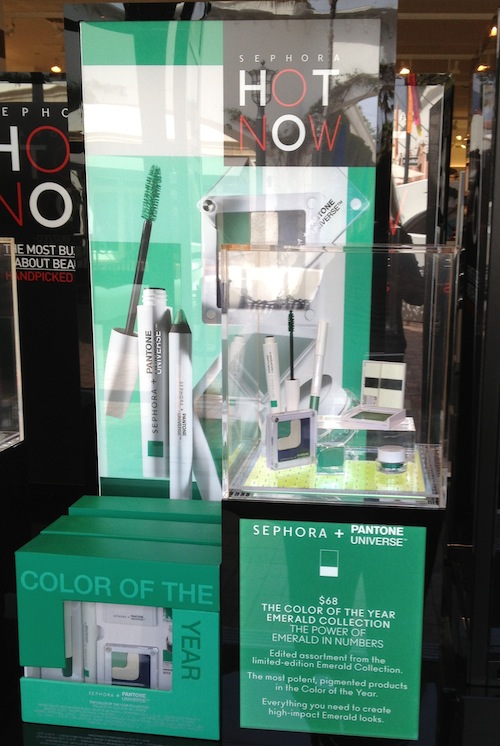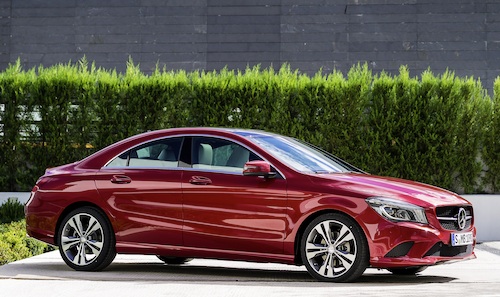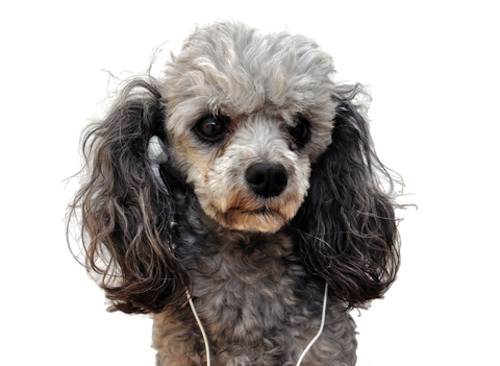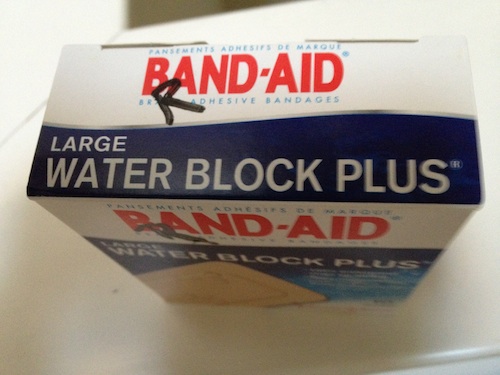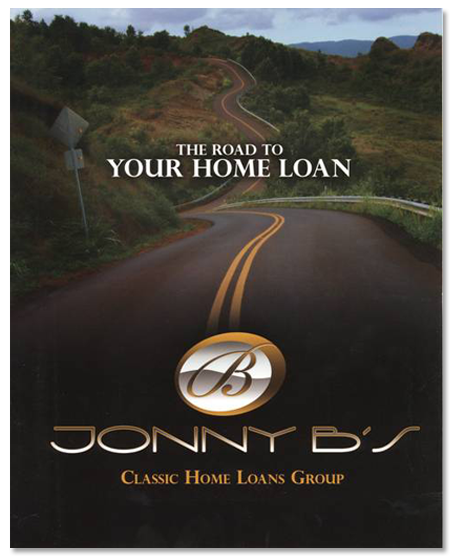
Provenance, in the realm of luxury goods refers to where a product is sourced. That is, where it is designed and manufactured. As such, a product’s provenance can become a quality cue, an indicator of superior quality, that adds value in the minds of many luxury consumers who are willing to pay a premium for it. Interestingly, the actual difference in the quality of the product, due to its geographic origin, may be real or just a perception. As a luxury real estate marketing professional it is important to understand the role of provenance as a quality cue in personal and company branding.
In Part 4 of this article series on Provenance, we posed the question, “What happens when a luxury product from a world-class French heritage brand (See Part 3 for more background on heritage brands) is actually manufactured in China? Does that negate the added value of its provenance?
Many high-end designers are manufacturing their luxury goods in China and other foreign countries to reduce costs and increase profits. This does break the chain of provenance. So, the real question is who cares? If you hold stock in those companies and their bottom line is healthy, would you care?
But, what do the actual consumers think about provenance? Based on a flurry of outrage in a French trade magazine, Canal Luxe,they seem to care quite a bit. Here in the USA, the Boston Consulting Group conducted a survey of 5000 people on this topic of provenance as a quality cue.
Over 80 percent of U.S. consumers stated that they would be willing to pay more for products with “Made in USA” labels than for those labeled “Made in China.” The reason most often expressed was apprehension about quality and wanting to keep jobs in the USA. The big surprise was that the majority of Chinese consumers that were surveyed preferred goods made in the U.S. and were willing to pay between a 10-80 percent premium for specific products they were shown.
Which luxury consumers are most likely to care about provenance? This brings us back to our previous article series in which we identified two kinds of luxury consumers: The Self-Actualizers and the Status Seekers. (See our series, Luxury is a Soul Supplement).
Status Seekers are less likely to care about provenance, as their priority value is to impress others. Self-Actualizers are more likely to care because they may feel that lower manufacturing costs should be passed along to them. They may be more skeptical about the actual quality of the goods. Or, they may feel more national pride about sourcing the products in their own country. Neither luxury consumer should be judged for their reasons to pay a premium for luxury goods with or without provenance.
Provenance does not always equate to a higher price tag. It always equates to an added value based on your personal mindset and that is actually what makes it a luxury.
For many people in Los Angeles, their beer of choice is sourced right in their hometown by the microbrewery, Golden Road Brewery. Tony Yanow and Meg Gill set out to create a range of craft beers that “reflect the way people live (and drink) in the dynamic melting pot is Los Angeles”. Their story is another classic tale of how provenance adds value in in company branding. But, how do you establish your own provenance in your personal luxury real estate branding? Watch for clues in Part 6!
View the Entire Series: The Added Value of Provenance
Part 1 l Part 2 l Part 3 l Part 4 l Part 5 l Part 6 l Part 7
WATCH VIDEOS-
Buzz-Worthy Luxury Real Estate Websites
Personal Branding Case Studies Company Branding Case Studies
- JOIN THE LOL COMMUNTIY -
GET FLUENT. GET AFFLUENT!
Linked In, Facebook, Active Rain
Follow Us on Twitter: LuxuryMarketing





